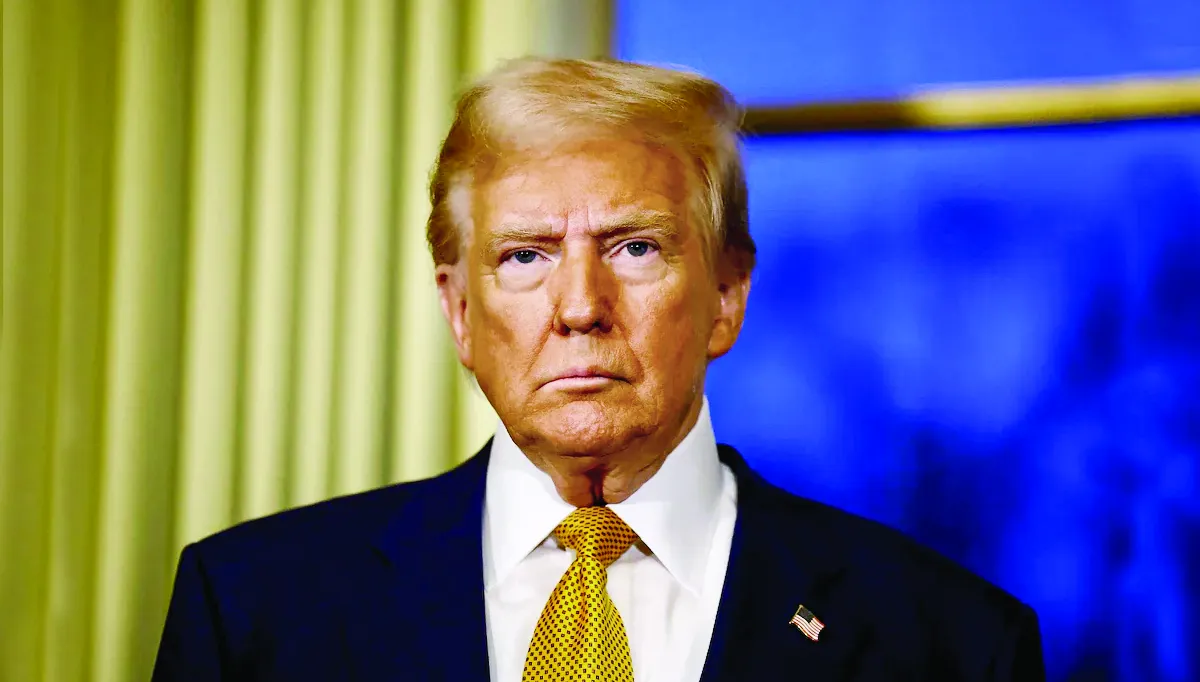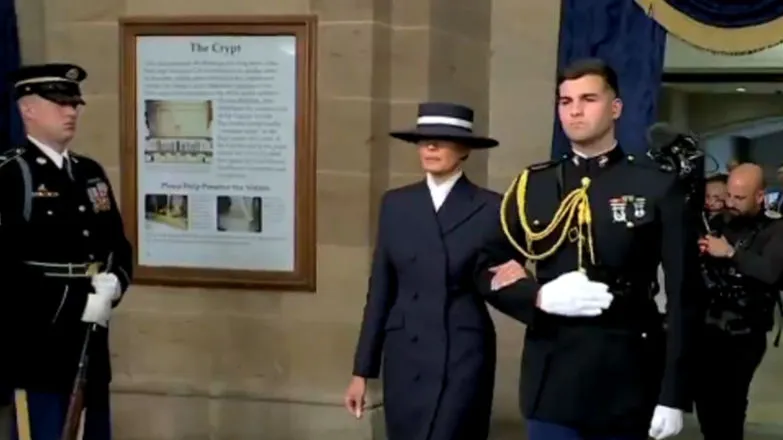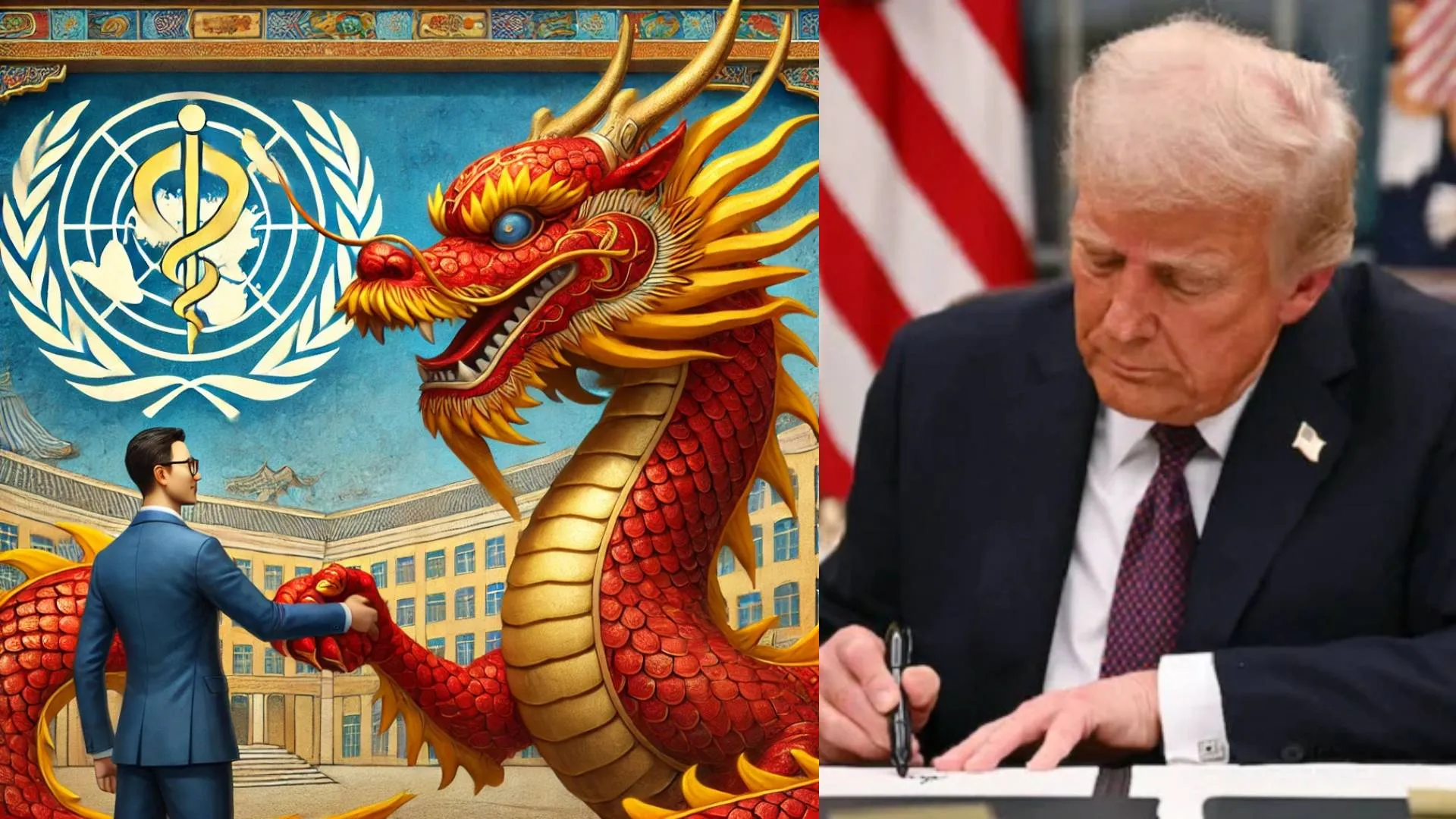When Xi Jinping assumed leadership of China in 2012, one of the first steps he undertook to firmly get the party in control was to launch an anti-corruption campaign which indicted more than 1.5 million party cadres, a humongous figure not seen before in Chinese party history. There was certainly a method in this madness. After Mao Zedong died in 1976, Deng Xiaoping institutionalised a system of collective leadership to preclude the possibility of overconcentration of power in one person and arrest the creation of a cult personality as had happened under Mao which plunged the country into a repeated cycles of senseless revolution and caused unwonted chaos and destruction. Deng’s measures of fixed terms of office and term limits underscored this collective leadership system. But apparently, this led to decentralization of power and a split in the leadership under the successive leaderships which in turn, allowed corruption to assume a monstrous proportion that ultimately threatened to erode party legitimacy. It is in this context that Xi Jinping launched the ideological purification campaign. The campaign was essentially a means to rejuvenate the Chinese Communist Party (CCP). And an immaculate and disciplined party would then rejuvenate the whole of China.
As a term, rejuvenation is not something new that Xi Jinping discovered. It harkens back to twentieth century Chinese nationalism when Sun Yat-sen first raised the slogan of “rejuvenating China” in the late Qing period. And after the Japanese invasion of Manchuria, called the September 18th Incident, rejuvenation became a battle cry. This, in turn, caused an upsurge in research into Chinese history and culture among the intellectuals of the period. The crux of this rejuvenation was to weave a national myth of superior historical past and instill a sense of pride and awakening among the people.
In the contemporary period rejuvenation again returned in Chinese national discourse under Jiang Zemin who became the paramount leader after the death of Deng Xiaoping in 1997. To consolidate the reform and opening up strategy that was started under Deng, Jiang Zemin emphasized not just only on development but also on the need to rejuvenate China. The immediate context for Jiang’s conceptualization of rejuvenation was ideological vacuum caused due to waning influence of Communism in the aftermath of the Soviet decline in 1991. At this juncture, Guoxue movement was launched, which essentially meant going back to the roots. This engendered a return of Chinese civilizational past in the contemporary nationalist discourse, which in effect, “rehabilitated China’s cultural traditions.” This, at once, lent a new dimension to Chinese nationalism, that catapulted the goal of “maintaining the Chinese civilization-state” as a “sacred mission” of the CCP. Under Hu Jintao, rejuvenation took a more decisive turn with the appropriation of harmonious philosophy underscored in the Confucian notion of ‘harmony without uniformity’ that allowed respectful disagreement among nations while pursuing mutual cooperation. Internally, Hu Jintao supported intra-party democracy which meant that the party members had the right to discuss and express ideas freely and take decisions collectively. However, Hu Jintao’s harmonious philosophy loosened the party grip. More alarmingly, it brought the splits in the leadership out in the open as evidenced in the competition between the Chongqing Party secretary Bo Xilai and Guangdong Party secretary Wang Yang for a Standing Committee seat. Ideologically, both stood at the two ends of the political spectrum with Bo Xilai believed in revival of Mao-era culture and Wang Yang championed for liberal political reform. By the time of the 18th party Congress in 2012, which brought Xi Jinping into power, there was overwhelming consensus among the party elites on the urgency of structural reforms within the party.
Thus, from day one, it was clear to Xi Jinping that if the party is to survive it ought to go back to the Maoist ideology of centralisation of power. In fact, what attracted Xi Jinping most about Mao was his manual for purging the rivals within the party. And more significantly, his explanation of why it was necessary. That is, “party becomes stronger by purging itself.” This, therefore, explains Xi Jinping’s relentless anti-graft campaigns and his steadfast belief that only through purging the party could purify itself and prevent subversion. Thus, Xi’s rejuvenation is a euphemism for purification. It is pertinent to recall that for Xi Jinping the principal reason for disintegration of the Soviet Union was the party’s disregard for ideology. Hence, ideology was resurrected.
To this end, in August 2013, the CCP issued the “Communique on the Current State of the Ideological Sphere”, known as Document No 9. Essentially, this document mentions six challenges that the party confronted from the Western anti-China forces. In other words, under Xi, Western liberalism is propped up as the principal ideological threat to the CCP. In fact, the threat of western liberalism is considered more than a challenge. It is a justification for rejuvenation, and hence, Xi Jinping’s incantation of ideology. But the restoration of Communist ideology does not mean a return to the Communist principles as enshrined in the Marxist-Leninist ideological framework. But to locate it in China’s own historical past underlined in the Confucian principles of ethics, morality and welfarism. This is the crux of Xi Jinping’s rejuvenation where he brings back history into his ideological purification campaign.
Thus, as soon as he assumed leadership, one of the first things he did on 29 November 2012 was to visit the Road to Rejuvenation exhibition at the National History Museum. It was from this platform that he first gave the “China Dream” slogan by iterating that “realizing the great rejuvenation of the Chinese nation is the greatest dream of the Chinese nation in modern times.” And in this speech, he categorically stated that “only development enables self-strengthening”, thus, specifying the path to be followed by the Chinese people to achieve the rejuvenation goal. By invoking the notion of self-strengthening, he essentially harked back to the 1860s Self-strengthening movement grounded on the philosophy of ti-yong, which implied retaining Chinese Confucianism that is ti, while employing Western technology, yong.
Arguably, right from the beginning of Chinese nationalism, there was a perennial dilemma about how much to import (from the West) and how much to retain (the Chinese essence). This was exemplified in Mao’s attempt at sinification of Marxism. This dilemma also defined Deng Xiaoping’s reform and opening up of China to the Western market forces. And this dilemma also defined Jiang Zemin’s rejuvenation goals when he appropriated socialist spiritual civilization to distill out westernization from modernization. But in this endeavour neither Jiang Zemin nor Hu Jintao had really succeeded. Rather, under Hu, the party was literally in disarray. The onus is now on Xi Jinping to put to rest the ti-yong dilemma in favour of a Chinese model of governance that draws its moorings from Chinese traditional culture and socialist principles and blends it with the present requirement of development. Marking a departure from his predecessors, Xi Jinping has in fact, appropriated history to essentially rescue China from equating its modernization of socialism with Westernization. Time will prove the success or failure of his rejuvenation goals.
Abanti Bhattacharya is a professor in the Department of East Asian Studies, University of Delhi.






















